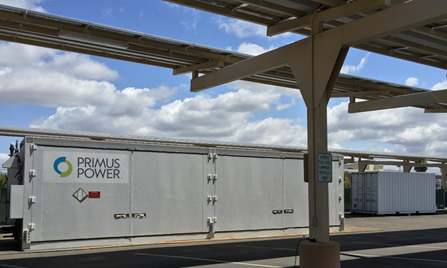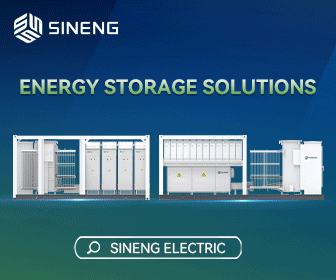Challenges of Energy Storage

Developing Financing and Market Structures
The stationary energy storage market has attracted increased attention as prices decline and new use cases arise. Many market observers have noted that stationary energy storage is “where solar was ten years ago” and project a similar growth path. Industry participants are hoping for the same, or even better, trajectory. But the path for energy storage is not without obstacles.
Financing
The turning point for solar was the introduction of third-party ownership through the commercial, and then residential, power purchase agreement (PPA). Previously used only in large power generation contracts, the commercial PPA allowed solar customers to spread the cost of a PV system over a twenty-year term, buying only the electricity produced by the solar panels at a given price. Third-parties, primarily financial institutions, owned the solar panels and received a portion of the customer payments and federal tax benefits in return. This arrangement reduced the upfront cost for the customer and opened up an enormous amount of demand for solar, particularly in states with market structures and incentives for solar production.
Energy storage does not yet have an analogous financial structure. To finance energy generation or savings, project finance providers need predictable cash flows upon which to model their expected returns. Stationary energy storage can provide a variety of benefits, from utility bill management to grid services, but the use cases and value propositions can vary widely. In addition, the benefits that stationary energy storage can offer do not always accrue to the same user. For example, energy storage at a factory can reduce the energy bill for the factory’s owner while also providing a service to the utility or grid operator. The savings, or cash flows, for the factory may be relatively straightforward but the services offered to the grid, while certainly valuable, can be less predictable and harder to monetize. Providing a variety of benefits to different end users may not seem like an obstacle. But third-party owners may view it as such—they generally like to be paid for the use of their asset.
The other obstacle to financing options for stationary energy storage is the variety of technologies in development. In solar, one can predict with reasonable certainty how a solar panel will perform over twenty years. There are a number of different panel types and chemical compositions but the relationship between how often the sun is shining and the electricity produced as a result is fairly well understood. Stationary energy storage does not yet have the same degree of certainty. In addition to established technologies such as Li-ion and lead-acid, there are many companies developing new batteries and other storage technologies, making it hard to standardize. In addition, temperature, elevation, age, and use can all have an impact on how a single battery will perform. It can be difficult for financiers to incorporate that variability for one technology let alone multiple battery types.
Market structures
Solar also enjoyed the benefit of utility structures that encouraged its development. State renewable portfolio standards (RPS) compelled utilities to purchase or develop solar and public utility commissions (PUCs) provided tariff pressure, through mechanisms like net metering, that further encouraged the growth of distributed solar. While energy storage does have a mandate in California, where the PUC has called on utilities to procure 1.3 gigawatts of energy storage by 2020, it is the only state to have mandated energy storage for the grid. There are innovative programs for customer-sited energy storage, such as SGIP or NYSERDA, but these are only active in California and New York.
To take full advantage of the benefits that energy storage can provide, utility rate structures and regulation will need to change. At present, there are few mechanisms that allow a stationary energy storage system to monetize all of the benefits it can provide to a system host and the utility. The lack of energy storage policies is understandable—most utility or customer assets either generate electricity or consume it. But energy storage systems do both and the market structures to incentivize flexible operation with multiple beneficiaries are missing. Leading markets, like California and New York, are beginning to push the envelope on tariffs and regulation. But if energy storage is to enjoy the type of growth that its advocates expect, other states and utilities will have to follow suit.

Richard Brody is the vice president of business development and sales at Primus Power.

Brendan Harney is the business development director at Primus Power.
Primus Power provides low-cost, grid-scale energy storage solutions with a scalable, distributed, multi-hour system that serves multiple storage applications.
Primus Power | www.primuspower.com
Volume: July/August 2015









